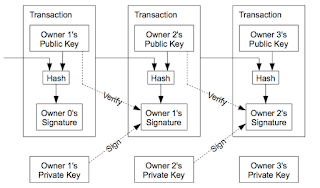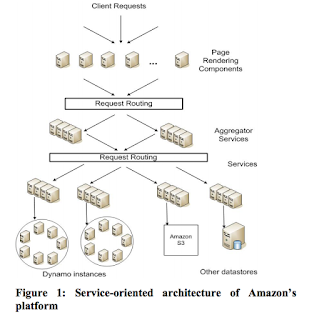tldr: Bitcoin

Part of the tldr series , which summarizes papers I'm currently reading. Inspired by the morning paper . Bitcoin: A Peer-to-Peer Electronic Cash System [2008] Nakamoto Introduction Nakamoto was motivated by how much electronic payments relied on trusting third-party financial institutions. Thus, they created Bitcoin, an "electronic payment system based on cryptographic proof instead of trust", which eliminates the need for a central bank. Transactions An electronic coin is a chain of digital signatures . Each owner has a public and private key (also called a wallet ). They can transfer a coin to the next owner by signing the hash(previous transaction + next owner's public key) with their private key, and appending this to the end of the chain of signatures. Transactions also contain multiple inputs and outputs, so change is easy. (For example, let's say you wanted to pay someone 0.03, but you only have a previous transaction where you received
